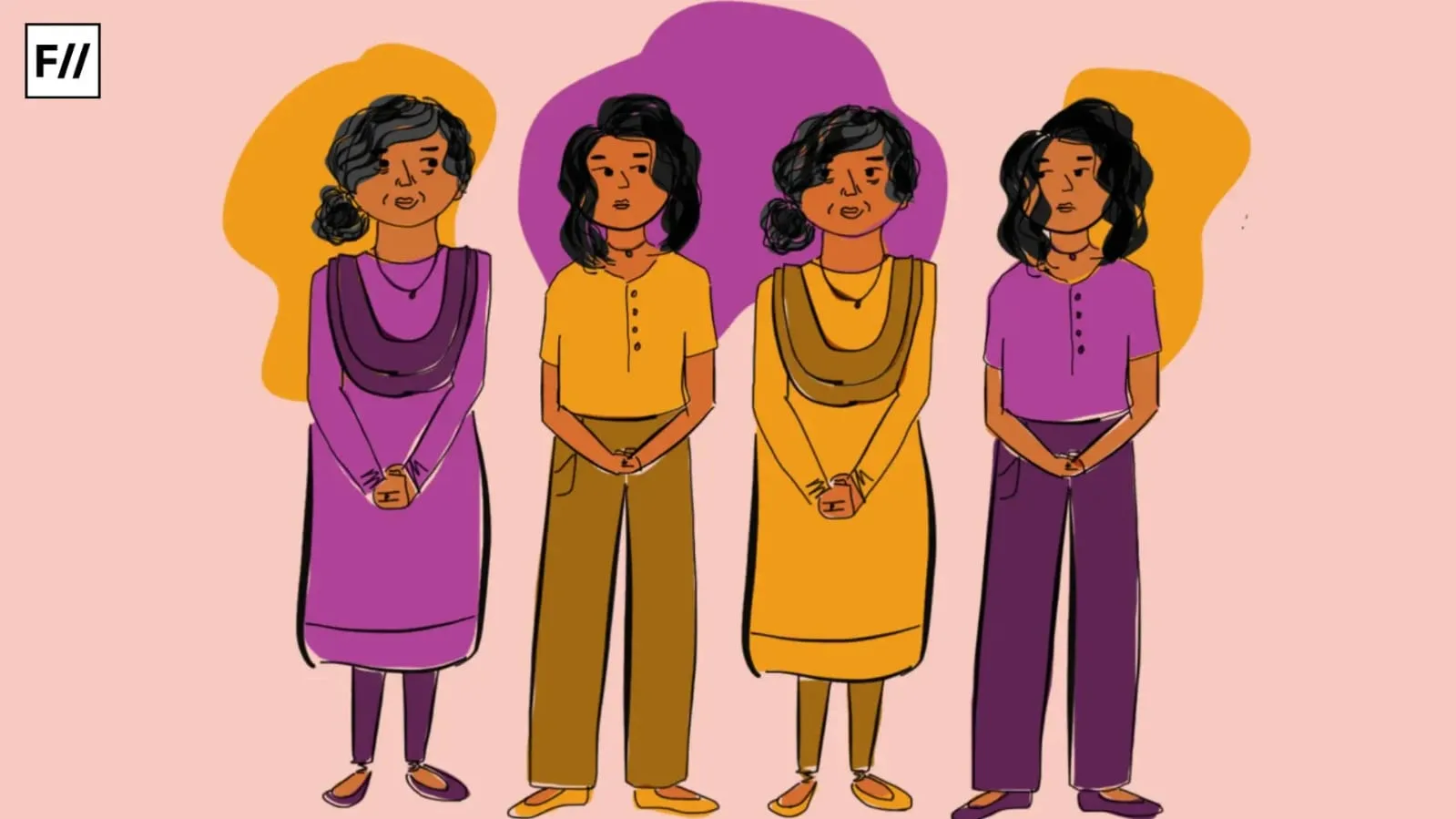There are some disorders that are better known than others. While we often use the term OCD (Obsessive Compulsive Disorder) to talk about people’s habits, people don’t understand the reality of living with the disorder or its many forms. One of its lesser known forms is Trichotillomania (TTM), an impulse control disorder, whose symptoms include compulsive hair pulling and hair loss, from the scalp, eyebrows and eyelashes. For some patients, there is an increasing sense of tension before pulling the hair and a sense of gratification when pulling the hair out.
Trichotillomania is one of many body-focused repetitive behaviors (BFRB), a group of related disorders that include hair pulling, skin picking, and nail-biting. Individuals with trichotillomania may also suffer from severe anxiety or depression. There doesn’t seem to be one specific cause for trichotillomania, it may be stress or anxiety, it may be genes or it could be one of the manifestation of OCD.
People with trichotillomania may have noticeable hair loss, such as bald patches on the scalp or missing patches from their eyebrows, which they try to cover with scarves. Trichotillomania may affect people’s abilities to work as well as their social interactions, to avoid other people seeing their hair loss and feeling shame or embarrassment about their need to pull their hair. They may also feel frustrated about other people not understanding their behaviour.
increasing sense of tension before pulling the hair and a sense of gratification when pulling the hair out.
It may be a minor problem for some people, but for others it can have more severe consequences. Trichotillomania is characterised by repetitive rituals after hair pulling, including biting hair, chewing it, playing with it and even swallowing it. Swallowing hair is very dangerous as it can result in a hair ball, which can block the intestinal track, and if not treated, can be life-threatening.
M (pseudonym) who has not been officially diagnosed mentions that her mother and therapist brought to her attention that she often constantly pulled her hair. Her friends had noticed this as well. She says: “So, I begin with curling my hair, and then tugging at the ends of my hair, and then feel a sense of dissatisfaction and satisfaction simultaneously. That sense of dissatisfaction abates when I succeed in pulling out that strand of hair. I feel a sense of disgust when I pull out a particular strand of hair, and can only relax when I’ve thrown it away and it is not in my sight”. On being asked if this she has this impulse more than other times, she mentions that it is often when she is in a large group or around people whom she does not know.
Estimates of the prevalence of Trichotillomania vary from one to five percent of the population, and could be higher because of the shame associated with the disorder and possible under-reporting. It can occur among children, adolescents and young adults. Children may outgrow the habit, but with adults it can last years.
Trichotillomania may affect people’s abilities to work as well as their social interactions.
R remembers having the impulse to pull her hair out since her early teens. It started with pulling her eyelashes and eyebrows out, a habit which got a lot of comments from her family. In later years she moved to pulling out the hair on her legs, whether by hand or with a tweezer. She says, “When I see a hair I can pull out, I feel a sense of anticipation and it makes all of my other worries fade. I am able to focus only on this one thing and removing the hair gives me a sense of relief. It helps me feel relaxed, weird as that sounds.” She has spoken to a psychiatrist about this and tries to do other things with her hands, in an effort to distract herself. But on really stressful days, she still ends up picking at her skin and hair.
Treatment options include counselling, Cognitive Behavioural Therapy (CBT), and in some cases, in conjunction with therapy, medications such as antidepressants. One form of behavioural therapy is called habit substitution or habit reversal training. In a nutshell, this involves developing an awareness of the tic and replacing it with a competing response. There is a prevalent literature about what this involves, as well as examples such as snapping a rubber band against their wrist if they feel the urge to pull hair.
If you or someone you know, may be struggling with excessive hair pulling, consider speaking to a therapist or a counselor. It may seem like you are alone, but you are not. There is help out there as well as others grappling with similar problems.
Also Read: What It Is Like To Live With An Anxiety Disorder – A Personal Narrative
Featured Image Credit: Amaya/Pinterest
About the author(s)
Feminist and Indian. Interests include gender, education, mental health and wellness. India/US.





Thank you FII for raising awareness of this issue. It’s something I’ve battled with for what seems like forever!
You should also include Keen Bracelet as new treatment option! It has been very helpful for me in stopping my pulling. Others need to know about it.
Hey! I’m actually the artist who drew the cover image! I am very honored that my work has been so beloved in the Trichotillomania/BFRB community. Would it be possible to list me as the credit? Thanks!
Yes, of course. Sorry, we didn’t know earlier.